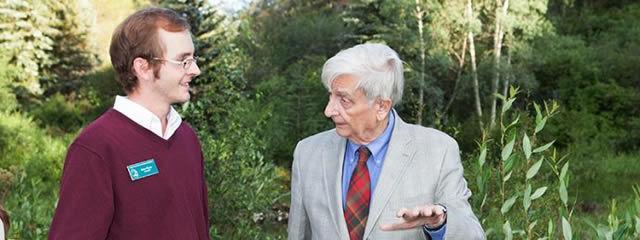

Photograph courtesy of Aspen Center for Environmental Studies / MarySue Bonetti.
This summer E.O. Wilson was the 2015 honoree and keynote speaker at the Aspen Center for Environmental Studies (ACES) “An Evening on the Lake” event. Over 200 nature lovers and leaders from around the country gathered at ACES’ Hallam Lake Nature Preserve in celebration of ACES’ environmental science education programs.
ACES naturalist Brian Whyte wrote a recap of the evening, originally published on the ACES blog:
Naturalists are inspired by anything that draws them further into nature. Often it is the grace of a bird or the smell of a flower that grabs our attention and pulls us in. One of the strongest sources of inspiration for me is ants. I have a deep interest in social evolution, and anyone who spends considerable time thinking about how societies evolve will eventually (and perhaps inevitably) become fascinated with ants. For this reason, I was very excited to learn that the honorary guest for the ACES “An Evening on the Lake” benefit was one of the biggest names in ant biology: E.O. Wilson.
Dr. E.O. Wilson is a well-known biologist, conservationist, and author who has been one of the strongest proponents of biodiversity of the 20th and 21st century. Wilson became a champion of biodiversity through good science and prolific writing, but he started with Myrmecology, or the study of ants. Thanks to Wilson, the scientific study of ants has greatly changed (and improved) our knowledge of how societies form and function in nature. If it weren’t for E.O. Wilson, ants would still just be aggravating pests that work together to steal your food, and I would have never taken an interest in them. Needless to say, I desperately wanted to meet the man who knew all this and was sharing it long before I even came across it.
On the night of “An Evening on the Lake” my wish was fulfilled. Upon hearing that there was a fellow “ant Naturalist” at ACES, Mr. Wilson requested to meet me. I greeted him with a hearty handshake, telling him that I was an ant guy, and we immediately began talking about the important stuff: ants in the Rocky Mountains. Dr. Wilson told me stories of collecting ants in the Rocky Mountains to find out what arctic ant species could be found in the US. I told him how I’m always on the lookout for things like the Formica species that live under stones in these mountains, and how I bring up ants on my ACES tours. We also shared stories of ant encounters in South America, where there are the most impressive ant species such as the meticulous leaf cutters, the swarming army ants, and the incredibly painful bullet ants. He said if he was younger he would have invited me to collect ants with him, which made me absolutely ecstatic.
Towards the end of our conversation I asked Dr. Wilson to sign one of his books for me. I pulled out my copy of The Ants, which he wrote with Bert Holldobler, and published in the 90’s. The Ants is probably the most complete and comprehensive natural history volume on any creature, ever. When he took a closer look at the book he said, “Wait a minute…” noticing the many colored tabs I had to mark all my favorite places. He laughed and said “Shake my hand again!”
After walking Dr. Wilson to his table for dinner the thrill really set in. Everyone at the party wanted to talk to him and eagerly awaited his keynote speech, but he sought me out and gave me some personal time to chat. I think he enjoyed talking to someone about his first and favorite subject. He may have known what kind of effect our conversation would have on someone just starting off in Myrmecology, but ultimately, he was happy to just to talk about ants. With this small gesture Dr. Wilson showed that in the scientific world, friendliness and shared excitement over even the smallest subject are just as important as anything else you can share.
—Brian Whyte, ACES Naturalist
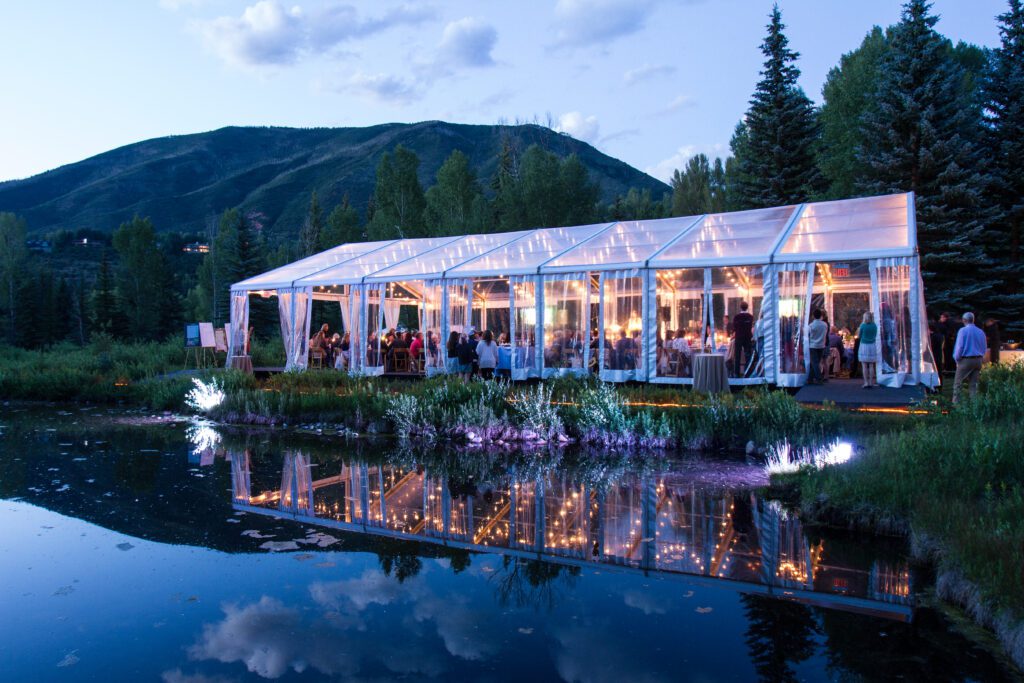

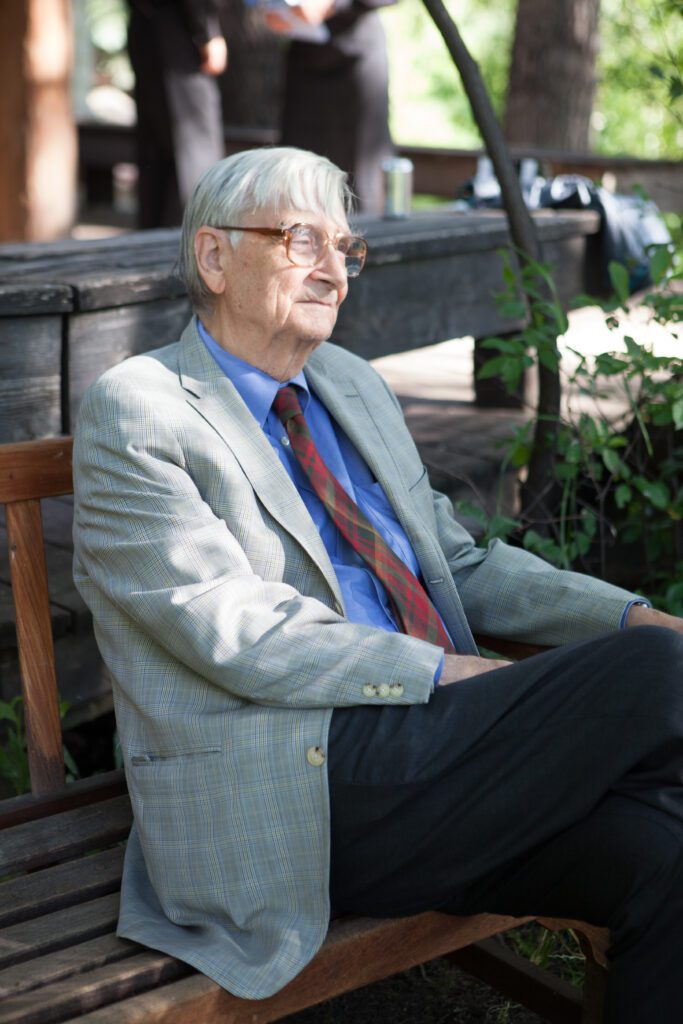



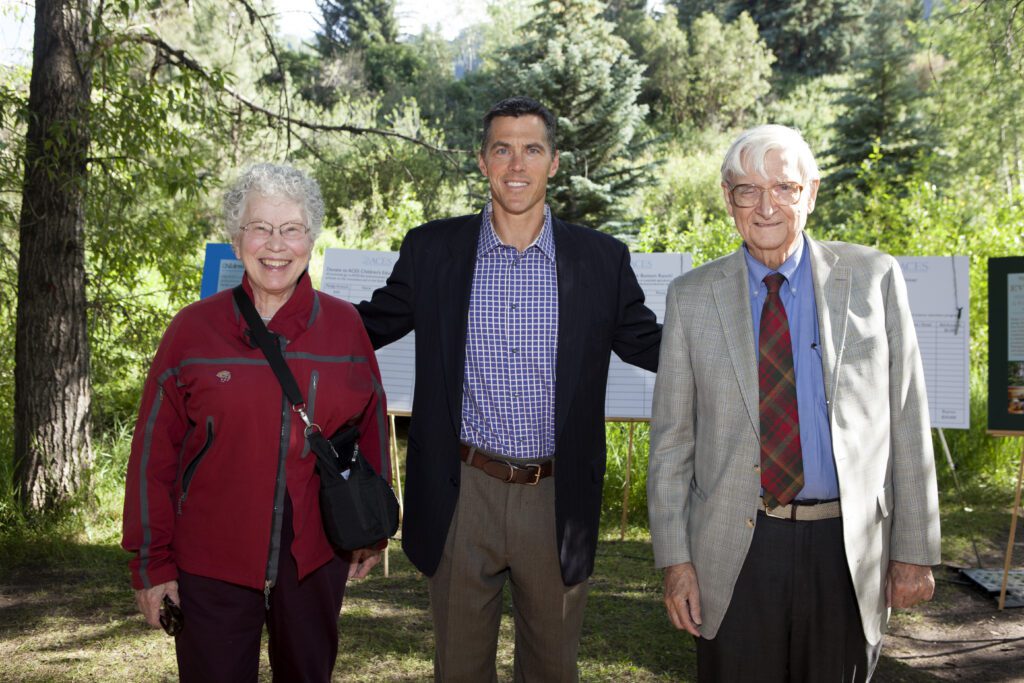

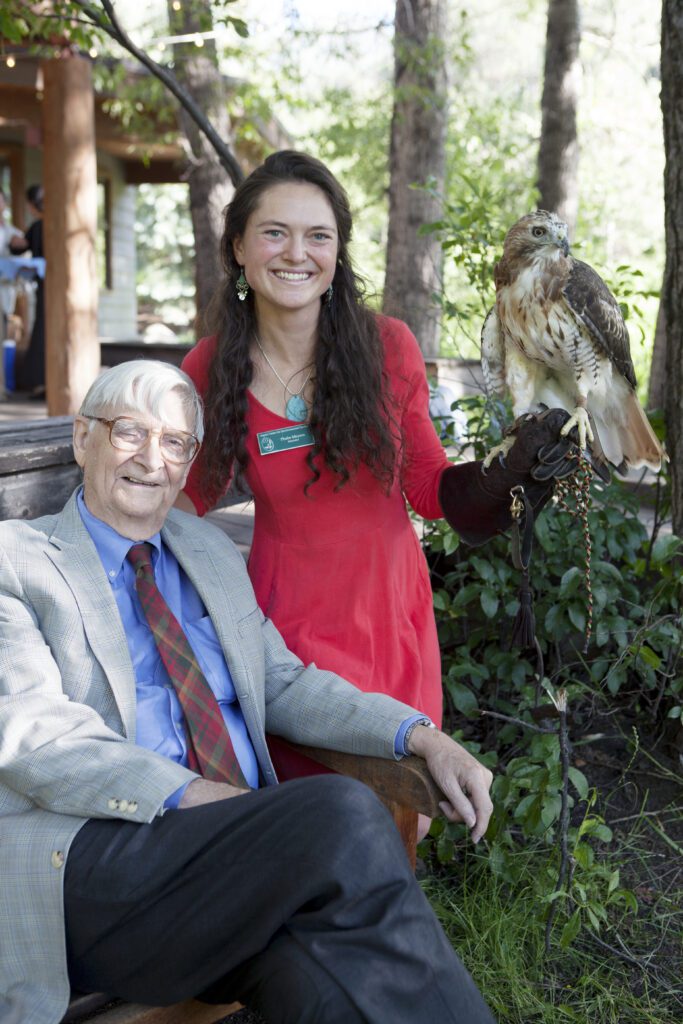

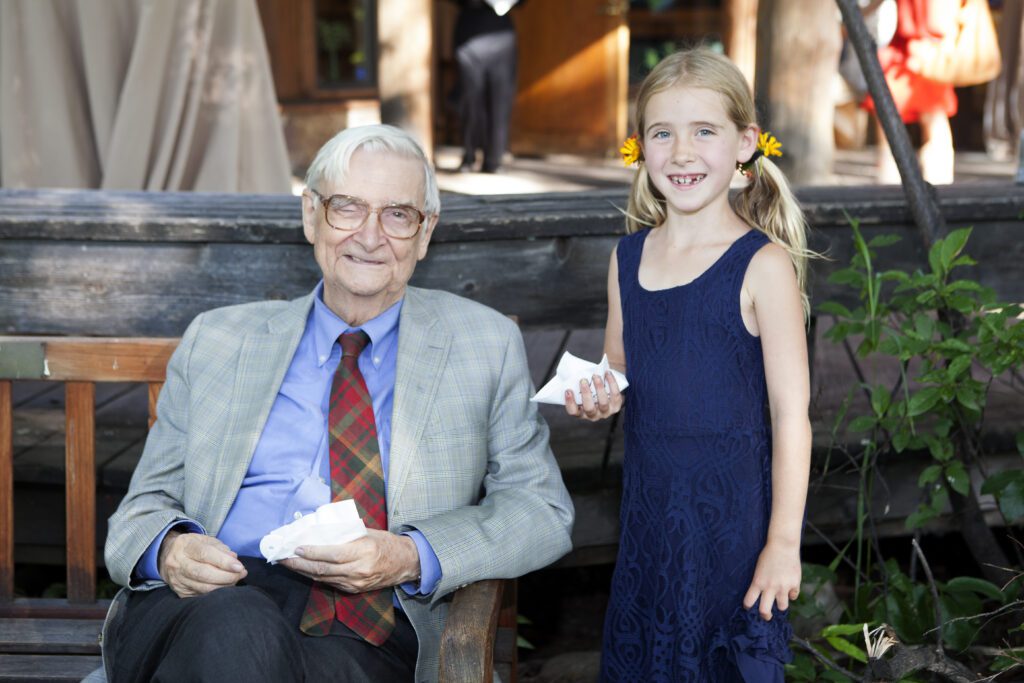

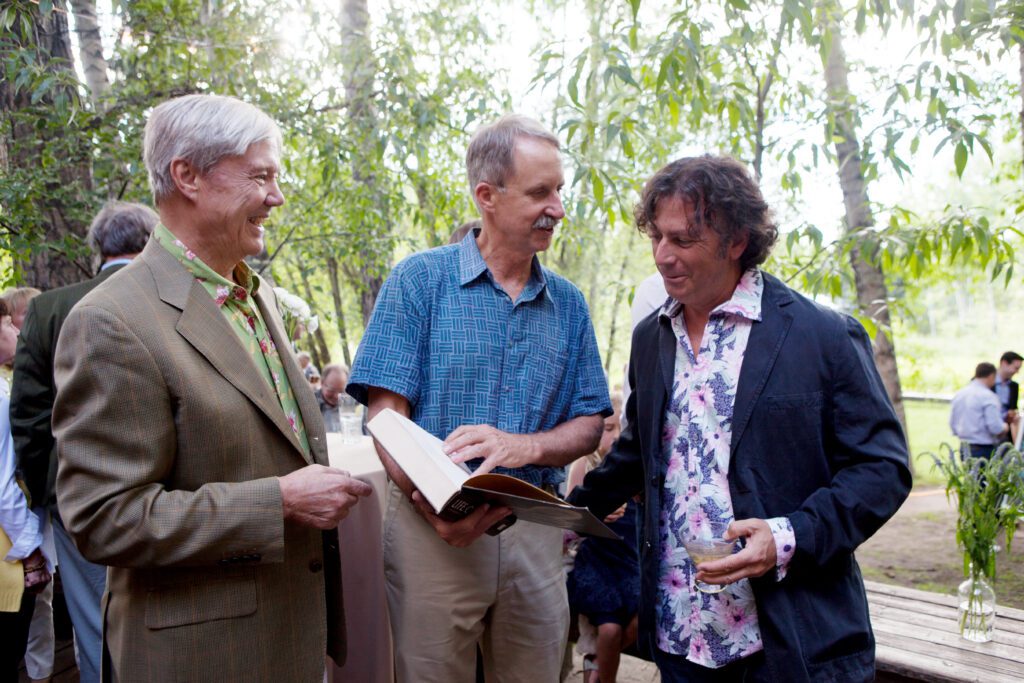

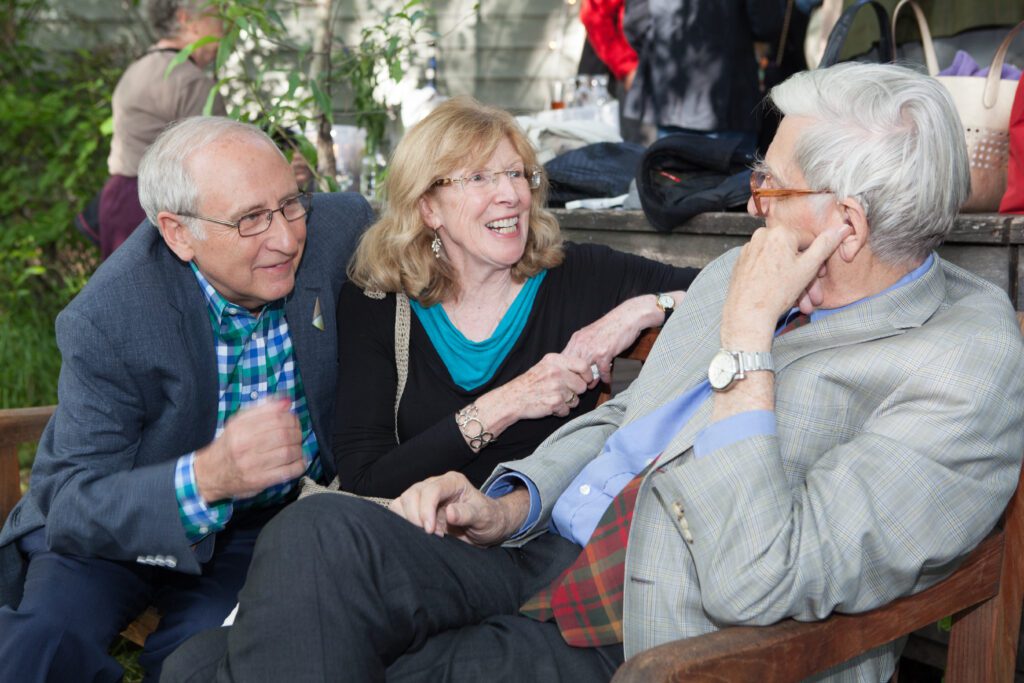

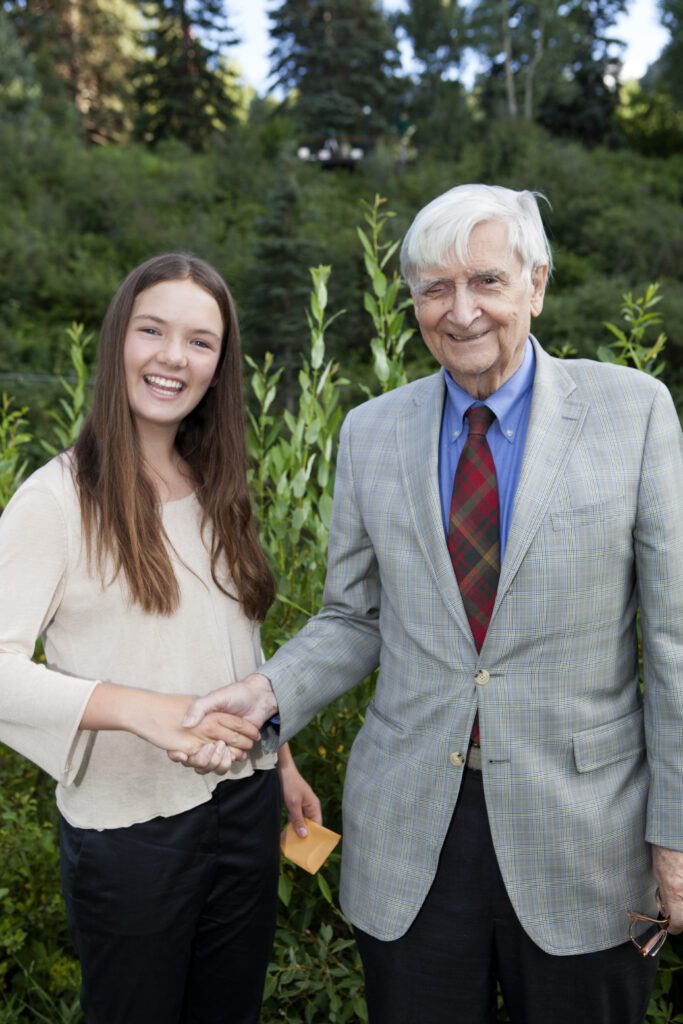

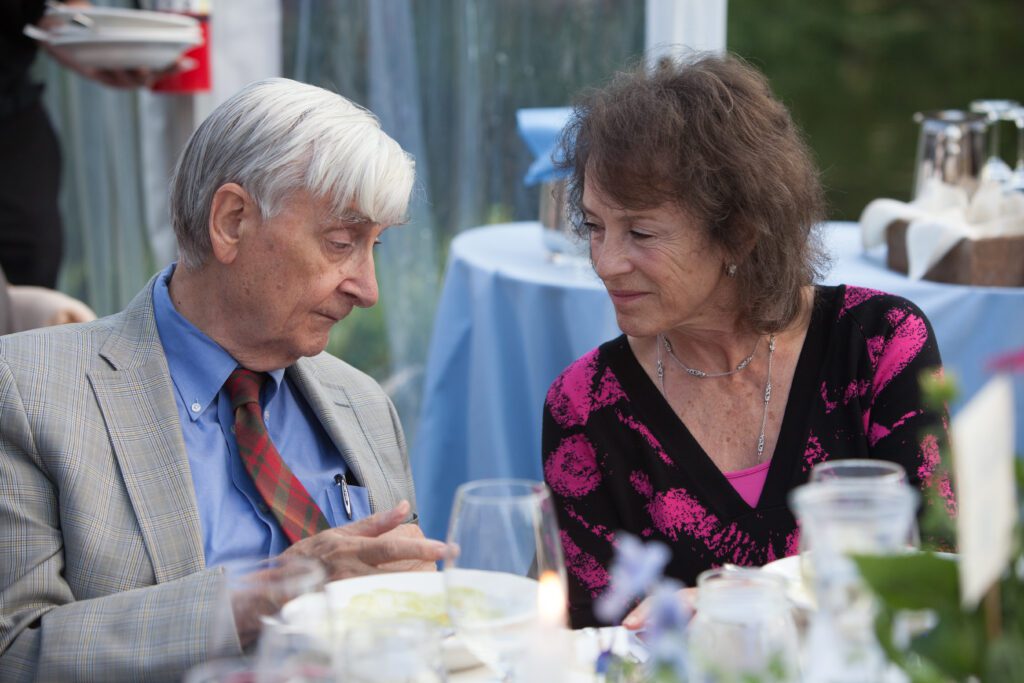

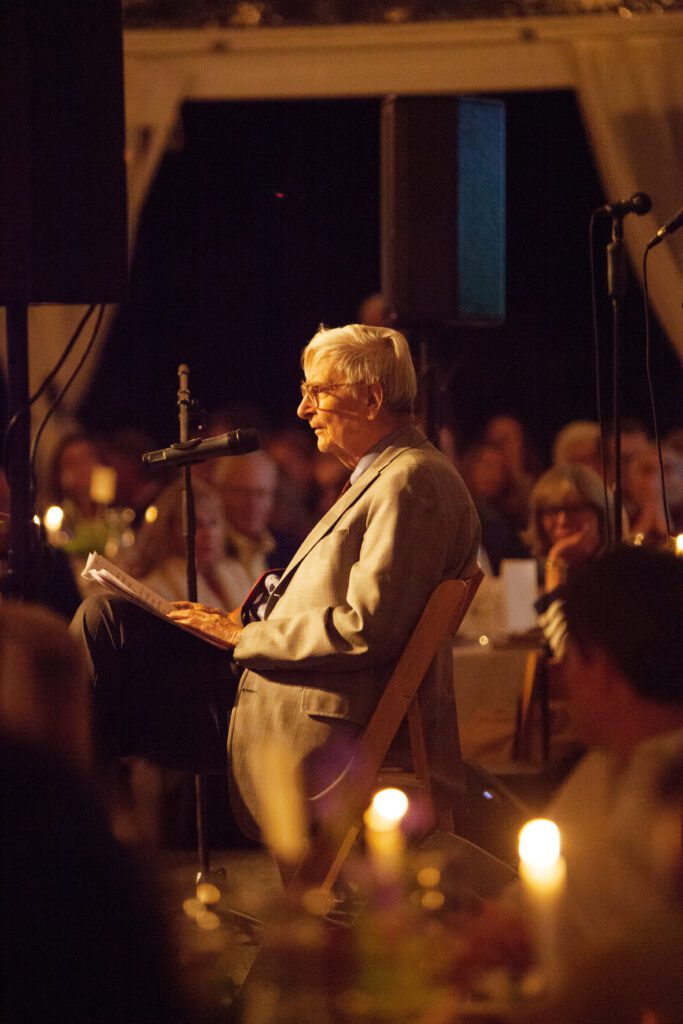

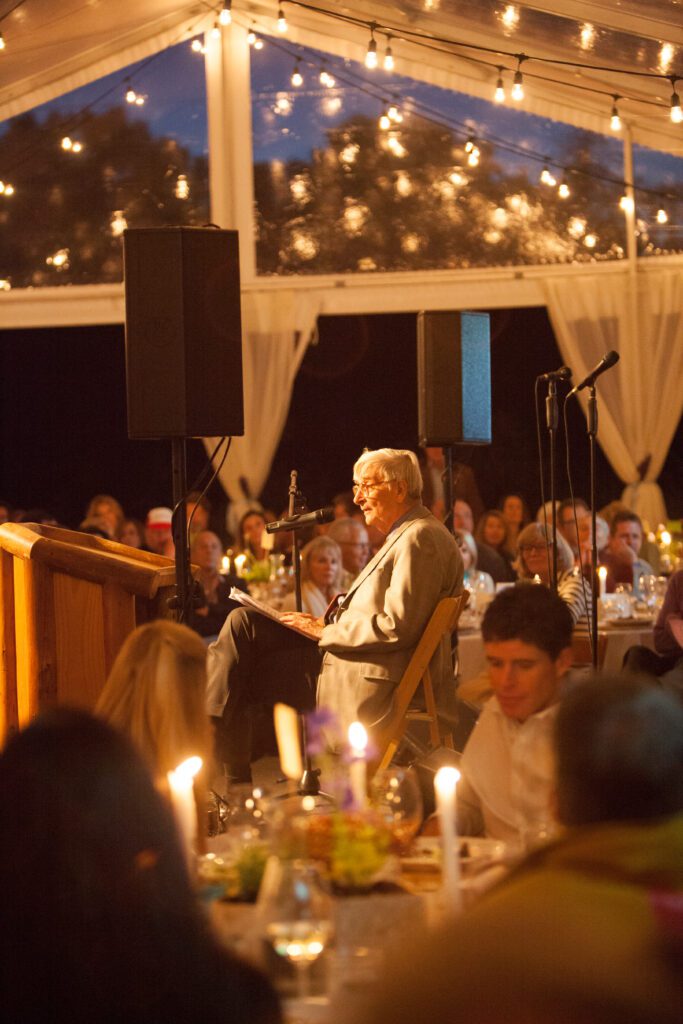

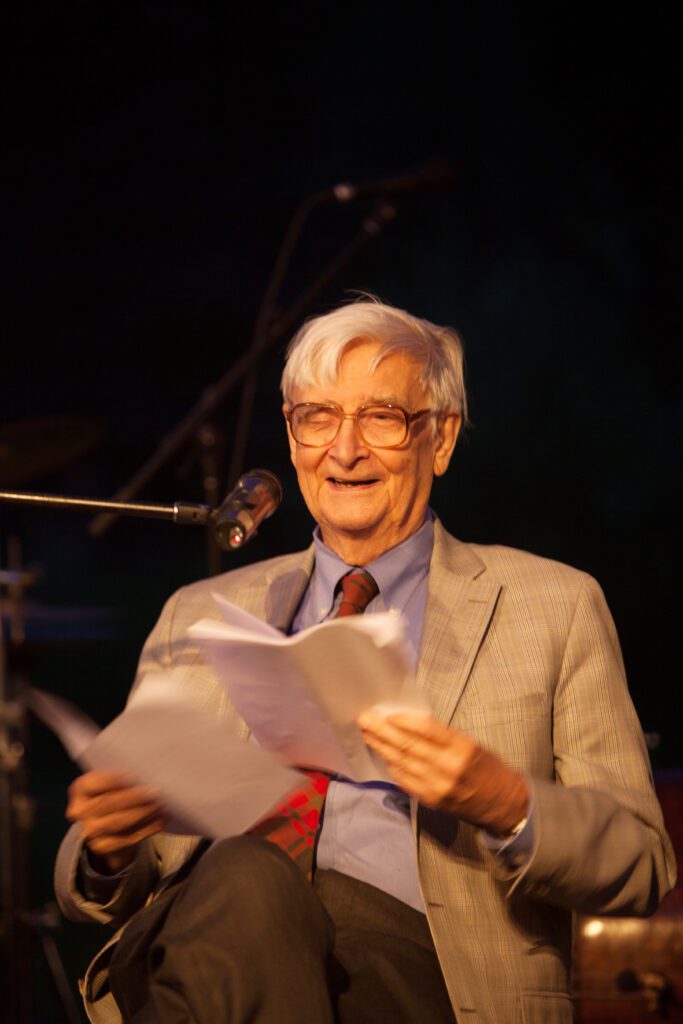

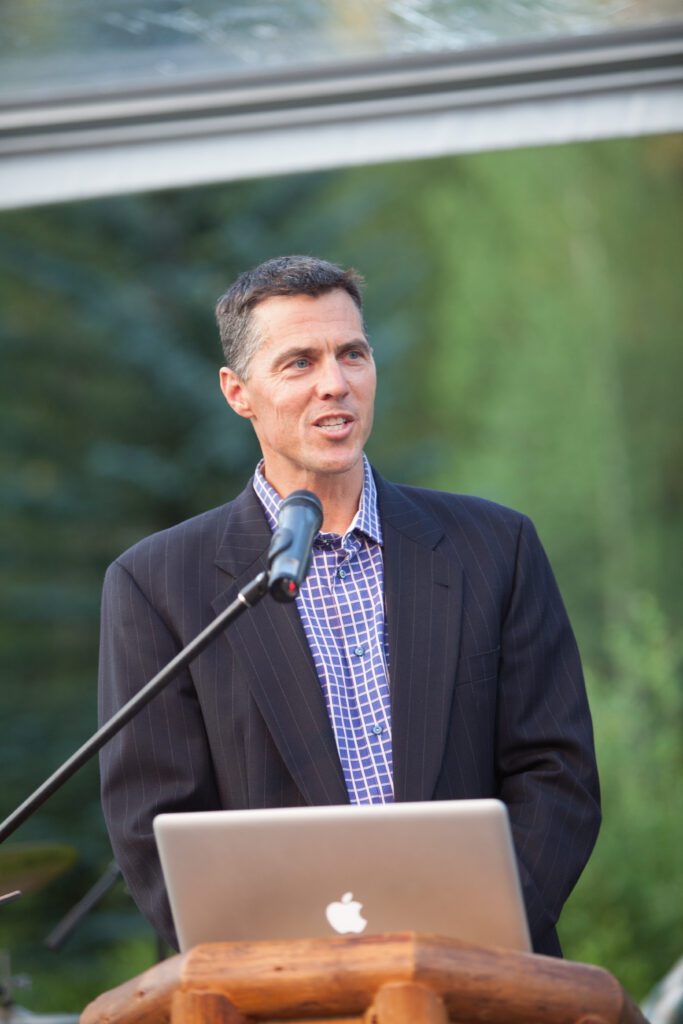

Photograph #1 courtesy of Aspen Center for Environmental Studies / Burnie Arndt. Photographs #2-14 courtesy of Aspen Center for Environmental Studies / MarySue Bonetti.

